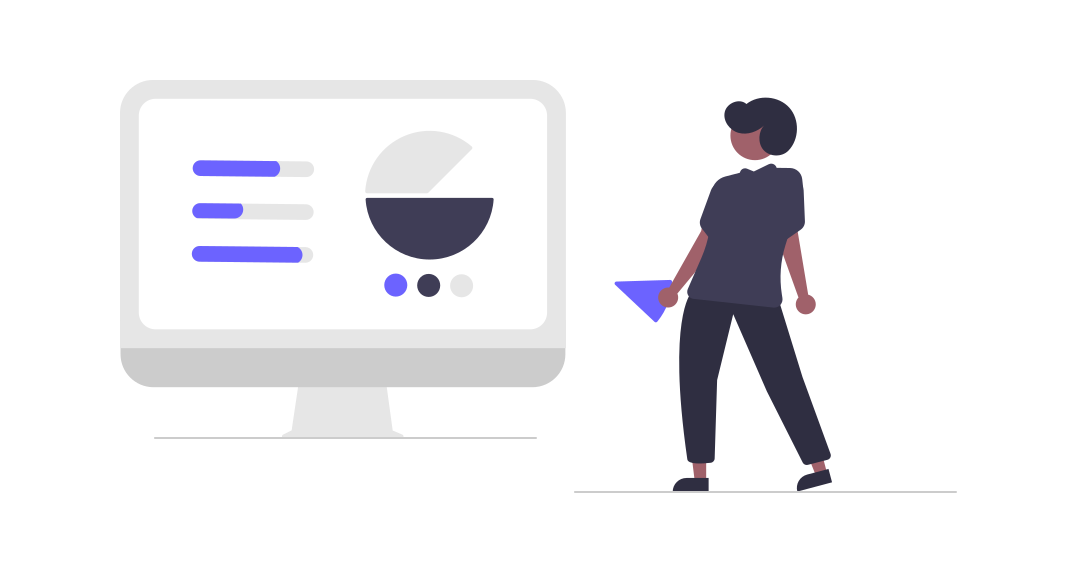In the dynamic world of B2B marketing, customer segmentation is more than a necessity; it’s a strategic imperative. Advanced segmentation techniques allow businesses to target their audiences with unparalleled precision, fostering deeper connections and driving more effective marketing campaigns. This blog delves into sophisticated methods of B2B customer segmentation that can revolutionize your approach and significantly enhance your outcomes.
Understanding B2B Customer Segmentation
Customer segmentation in B2B involves dividing your business clientele into distinct groups based on specific criteria. These segments enable marketers to tailor their strategies to meet the unique needs of each group, ensuring more relevant and effective communication. While basic segmentation methods like industry type or company size are common, advanced techniques offer deeper insights and greater precision.
Advanced Segmentation Techniques
1. Behavioral Segmentation
Behavioral segmentation goes beyond demographics to examine how customers interact with your brand. This method involves analyzing patterns in customer behavior, such as purchase history, product usage, and engagement with marketing content. By understanding these behaviors, businesses can predict future actions and tailor their offerings accordingly.
- Purchase History: Track past purchases to identify trends and preferences. This data helps in predicting future buying behaviors and tailoring marketing messages.
- Product Usage: Analyze how different segments use your products or services. Understanding usage patterns can highlight opportunities for upselling or cross-selling.
- Engagement Metrics: Measure how customers interact with your content across various channels. High engagement with specific types of content can indicate a segment's interests and needs.
2. Technographic Segmentation
Technographic segmentation categorizes customers based on their technological preferences and usage. This technique is particularly valuable for tech companies or those whose offerings are closely tied to specific technologies.
- Technology Stack: Identify the tools and technologies your customers use. This information can help tailor your product features and marketing messages to resonate with their tech environment.
- Adoption Rates: Analyze how quickly different segments adopt new technologies. Early adopters might be more open to innovative solutions, while others may require more education and assurance.
3. Firmographic Segmentation
Firmographic segmentation involves categorizing businesses based on attributes like industry, company size, and location. This method provides a high-level overview but can be enhanced by integrating more granular data.
- Industry Classification: Group businesses by industry to tailor messages that address sector-specific challenges and needs.
- Company Size: Differentiate between small, medium, and large enterprises. Each has distinct pain points and resource levels that affect their purchasing decisions.
- Geographic Location: Consider the geographical distribution of your customers. Regional factors can influence market trends and customer behavior.
4. Needs-Based Segmentation
This technique focuses on the specific needs and pain points of different customer segments. By understanding what drives your customers' decisions, you can offer solutions that directly address their challenges.
- Pain Point Analysis: Identify the primary challenges each segment faces. Tailor your messaging to demonstrate how your product or service solves these issues.
- Value Proposition: Different segments may derive value from different aspects of your offering. Customize your value propositions to highlight the most relevant benefits.
5. Value-Based Segmentation
Value-based segmentation categorizes customers based on the economic value they bring to your business. This method helps prioritize high-value segments and allocate resources more effectively.
- Revenue Contribution: Analyze which segments contribute the most to your revenue. Focus your efforts on retaining and expanding these high-value relationships.
- Profitability Analysis: Consider not just revenue but also the profitability of each segment. Some customers may generate high revenue but also incur significant costs.
Implementing Advanced Segmentation
Successfully implementing advanced B2B segmentation requires a strategic approach:
-
Data Collection and Integration: Gather data from various sources such as CRM systems, website analytics, and customer feedback. Integrate these data points to create a comprehensive view of each segment.
-
Data Analysis: Use advanced analytics tools to process and interpret the data. Machine learning algorithms can identify patterns and correlations that might not be evident through manual analysis.
-
Segmentation Models: Develop robust segmentation models that combine multiple criteria. This approach ensures a multi-dimensional view of your customer base.
-
Continuous Monitoring and Adjustment: Segmentation is not a one-time task. Continuously monitor the performance of your segments and adjust your strategies based on evolving data.
Benefits of Advanced Segmentation
- Improved Targeting: Tailor your marketing efforts to specific segments, resulting in higher engagement and conversion rates.
- Enhanced Customer Experience: Deliver more relevant and personalized experiences, fostering stronger customer relationships.
- Resource Optimization: Allocate resources more effectively by focusing on high-value segments.
- Informed Decision Making: Gain deeper insights into customer behavior and preferences, guiding strategic decisions.
Conclusion
Advanced B2B customer segmentation techniques provide the insights needed to engage with your audience more effectively. By leveraging behavioral, technographic, firmographic, needs-based, and value-based segmentation, businesses can create targeted strategies that resonate with specific customer segments. The result is a more personalized approach that drives higher engagement, satisfaction, and ultimately, better business outcomes.


